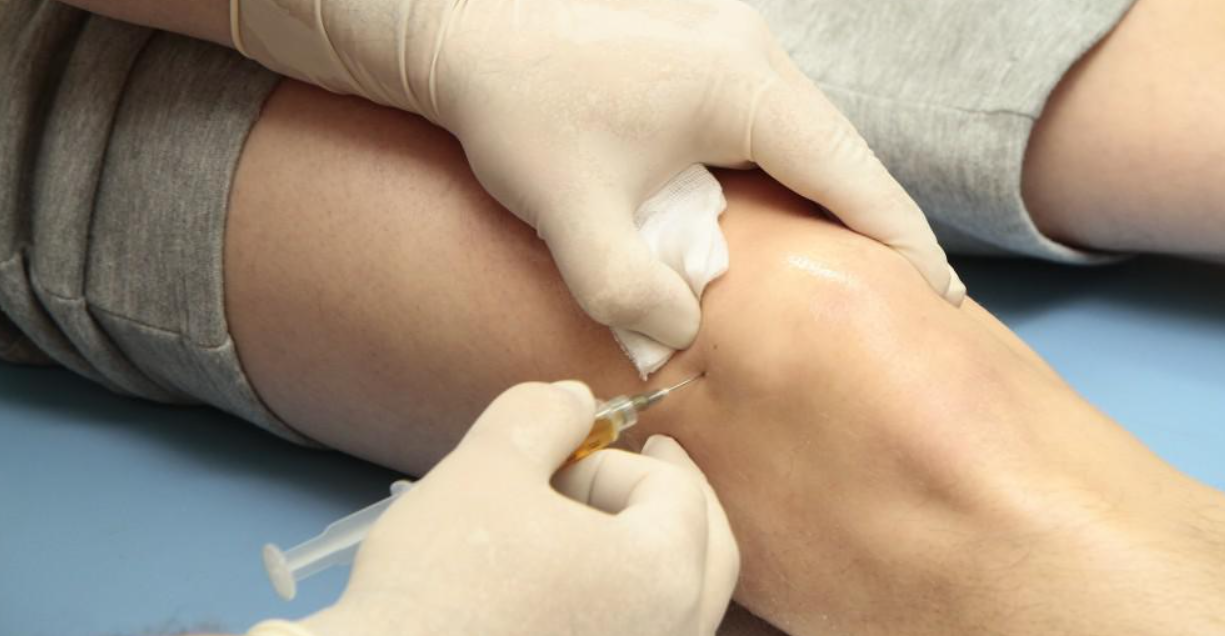Patriotism is a robust force that molds people and the societies they stay in. You know how when you see your nation’s flag flying with satisfaction or hear your national song playing in the background, you get that satisfactory, fuzzy feeling?
It is more than just symbols; it expresses a deep love and commitment to the region you call home. We will look at the impact of patriotism and the essential blessings it gives society in this article.
Each area of our lifestyles is impacted by patriotism. It fosters networks, instills civic duty, stimulates economic growth, and even aids in safeguarding our national security. There may be much more to it than it first seems.
We’re about to embark on a ride that will display how patriotism is more than just a sentiment; it is a crucial pressure that impacts our world, influencing everything from interpersonal relationships to preserving our culture to our role in foreign affairs. Let’s have a look at how our patriotism influences every one of us.
1. Unity and Social Cohesion
Patriotism acts as a unifying factor that unites individuals. It crosses racial, religious, and social boundaries to foster a sense of unity within the country. People are more likely to put aside their differences and cooperate when they have a strong sense of national identity and pride.
This oneness holds a heterogeneous society together, which functions much like glue. It promotes a cohesive social fabric by enabling people from various racial and religious origins to coexist peacefully. Also, a patriotic populace is more likely to stand by one another in difficult times, strengthening the idea that they are a part of something bigger than themselves.
In fact, some styling brands that hold their country dear to their heart make patriotic shirts for men and women. During protests, rallies, or just a usual event, you can wear one of these shirts to show your love for your country.
2. National Identity
Next on our list of the impact of Patriotism is national identity. Our emotional relationship with our country is woven collectively through a colorful fabric of emotions, history, tradition, and thoughts called national identity. It’s that warm sense of belonging that permeates the boundaries of our nation, a sense of belonging that goes well beyond where we are placed on a map.
We often increase a hyperlink to national identity when we learn about the records and traditions of our country as youngsters. Over the years, it profoundly affects our beliefs and factors of view, shaping who we are. Our sense of satisfaction and connection is motivated by important symbols, such as the national anthem and cultural celebrations.
Humans feel relaxed and feature a feeling of route in life when they have a sturdy experience of national identity. It aids in children’s knowledge of where they fit in the world. Consider it a guiding light that serves to remind us of our origins and the common path all of us take while supporting us in managing the demanding situations of contemporary lifestyles.
3. Civic Engagement
Patriotic people have a strong feeling of civic obligation. Real patriots must get involved in their country’s affairs. This involvement can take various forms, such as participating in nearby sports, helping charitable causes, casting ballots in elections, and endorsing politicians who share their beliefs.
This sense of duty includes serving each one’s hobbies and the broader good. Patriots are folks who care about the well-being of their fellow residents. They know their involvement and actions could affect the direction taken by their country.
Patriotism additionally encourages a readiness to work with others to earn shared goals. It enables people to bridge gaps and discover areas of agreement with those who keep divergent evaluations. A democratic society needs this cooperative mindset to flourish since compromise and cooperation are important for achievement.
4. Economic Growth
Economic prosperity is one blessing of patriotism. Patriotic people are much more likely to invest in their country’s achievement, which spurs economic growth. When people feel strongly about their country, they may be much more likely to help local businesses by shopping for goods and offerings made there. This resource strengthens the home economy by developing jobs and elevating consumer expenditure.
Patriotic zeal also can promote creativity and commerce. People with a strong national pride are often driven to create novel eras and authentic answers and begin worldwide businesses. This entrepreneurial spirit, which can lead to success on a global scale, will benefit the local economy.
5. National Defense
National defense and patriotism are strongly associated concepts. Waving the flag is only one manifestation of a real commitment to preserving a country’s freedom, ideas, and way of existence. People also join the Navy because they care about their nation.
This comprises the valiant soldiers who put their lives in danger to protect our country. Individuals who care about their country recognize the need for an effective military and its importance in preventing threats. They know the need for an influenced, skillfully trained navy to uphold national security.
6. Cultural Preservation
The particular cultural heritage of a nation, which includes its customs, works of art, language, and historical sites, is safeguarded through cultural preservation. This endeavor requires patriotism because it fosters a deep appreciation for one’s culture. Guardians of their cultural identity are inevitably proud citizens of their nation. They try to preserve traditions for future generations while also passing them on.
More than just nostalgia is at stake in this cultural preservation. It is about valuing a nation’s artistic and historical history for its beauty and value. In this way, patriotism ensures that a nation’s legacy endures!
7. International Relations
Last on our list of the impacts of Patriotism is international relations. A nation’s standing in the world is influenced by patriotism. The world community is moved when a nation’s citizens express a deep love and pride for their nation. This proactive mindset can strengthen diplomatic connections and cross-border cooperation.
People view nations with patriotic inhabitants as more reliable and trustworthy diplomatic and trade partners. True patriotism among citizens can act as a link. Thus, it encourages world peace and understanding.
Conclusion
Patriotism brings harmony, identity, civic engagement, economic boom, defense, cultural preservation, and goodwill worldwide to society. Inclusion and respect for difference must be balanced on the way to a peaceful and prosperous country. It is a narrow line that would shape a nation’s character and global popularity.






